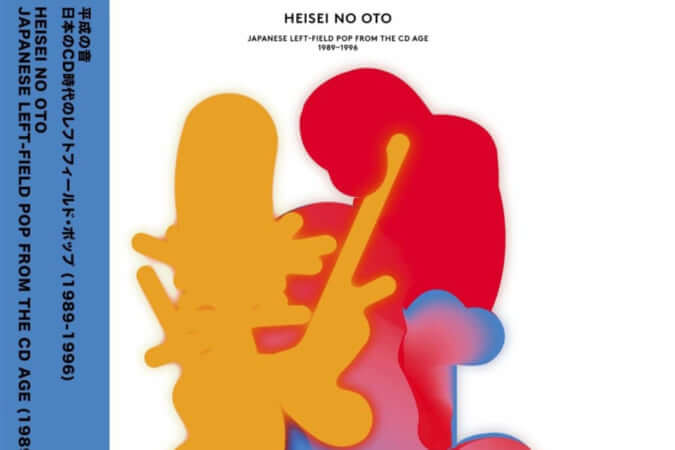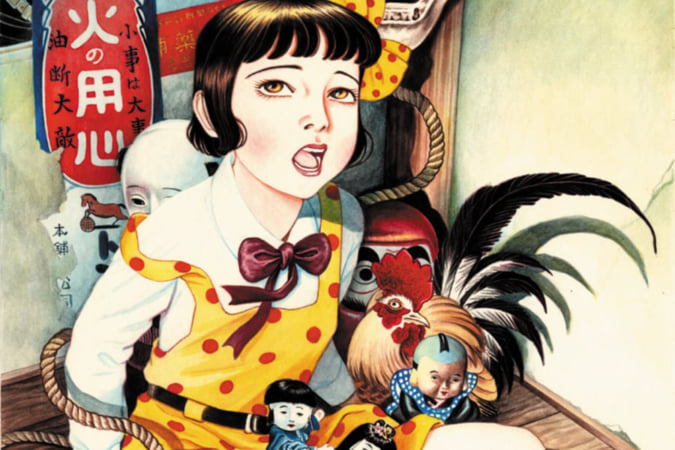The Tanuki, a Central Figure in Japanese Folklore
From its malevolent origins to the mischievous joker we know today, we look back at the legend of Japan's favourite raccoon.

Originating from China, the legend of the tanuki appeared in Japan between the 4th and 7th centuries. Portrayed as a raccoon with a round stomach, the tanuki is initially perceived as a creature that’s far from kindly when it takes on the appearance of a human and has no qualms about lying, stealing and even killing. Its image would evolve over the centuries to become more innocent, but no less mischievous. In the tale of Bunbuku Chagama, a woodcutter saves a tanuki’s life and the latter helps him to become rich by way of thanks.
A symbol of prosperity
During the Edo period, the tanuki became so popular that it was frequently depicted in prints with a touch of humour. Often wearing a straw hat and holding a flask of sake, the tanuki’s most notable characteristic, however, is its very large scrotum, which touches the ground. It often uses its generously-sized stomach as a drum, the distinctive ‘pompoko pon pon’ sound of which was used as the title for an animated film created by Studio Ghibli, Pompoko. The scrotum is also shown to double as a weapon, umbrella or fishing net. Beyond its physical attributes, this crafty animal is also known for its insatiable appetite for sake and food. It isn’t uncommon to see effigies of the tanuki outside restaurants and other businesses in Japan, because the creature is synonymous with prosperity and good fortune.
In 2017, the Museum of Hunting and Nature in Paris dedicated a treasure hunt-style exhibition to figures from Japanese folklore. This project, entitled Uramado, was created in augmented reality by Thomas Pons and graphic designer Julie Stephen Chheng. Drawing on the popular icons of supernatural creatures known as Yokai in Japan, Uramado combined traditional Japanese folklore and new technology to create animals in augmented reality.
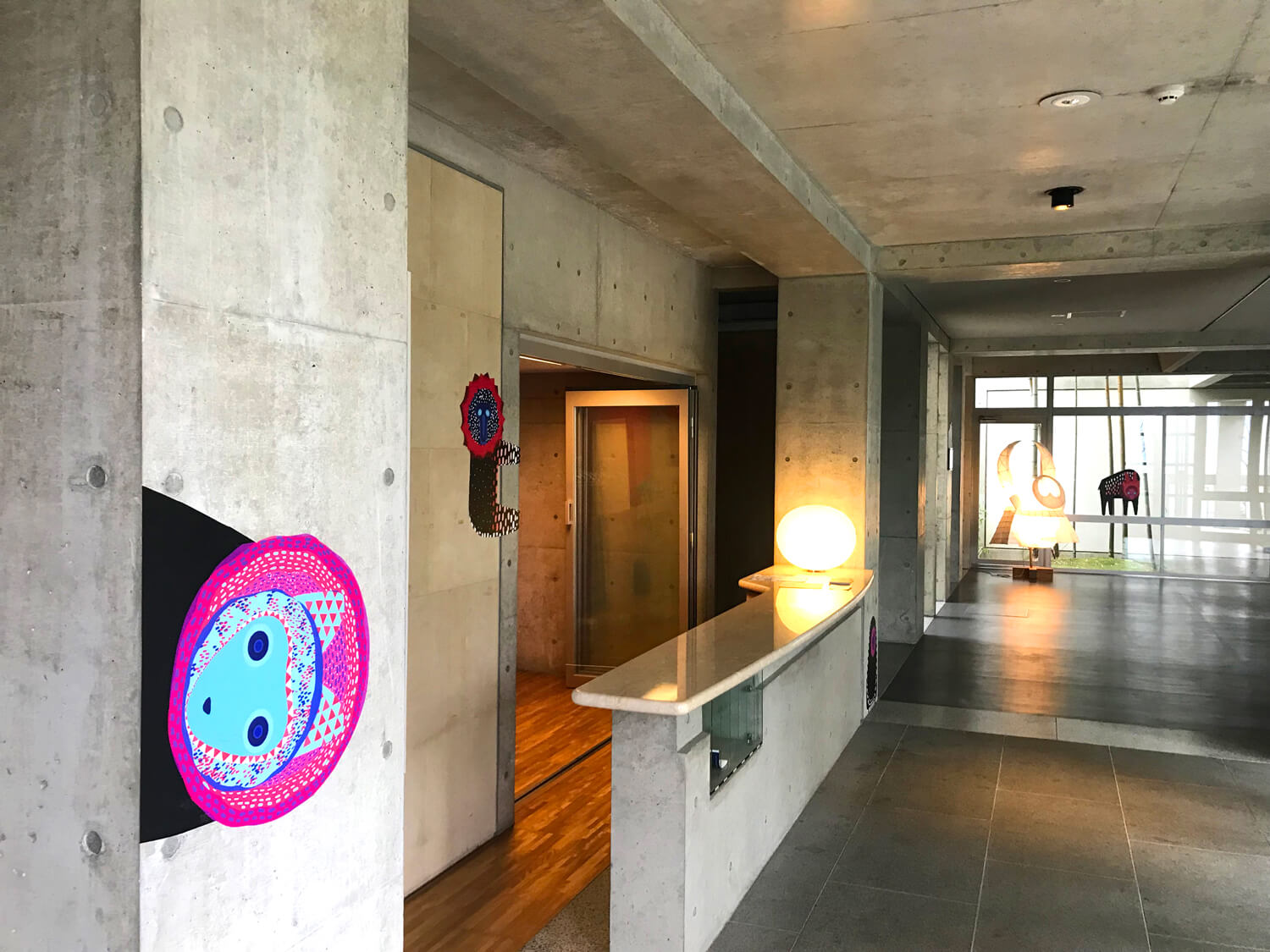
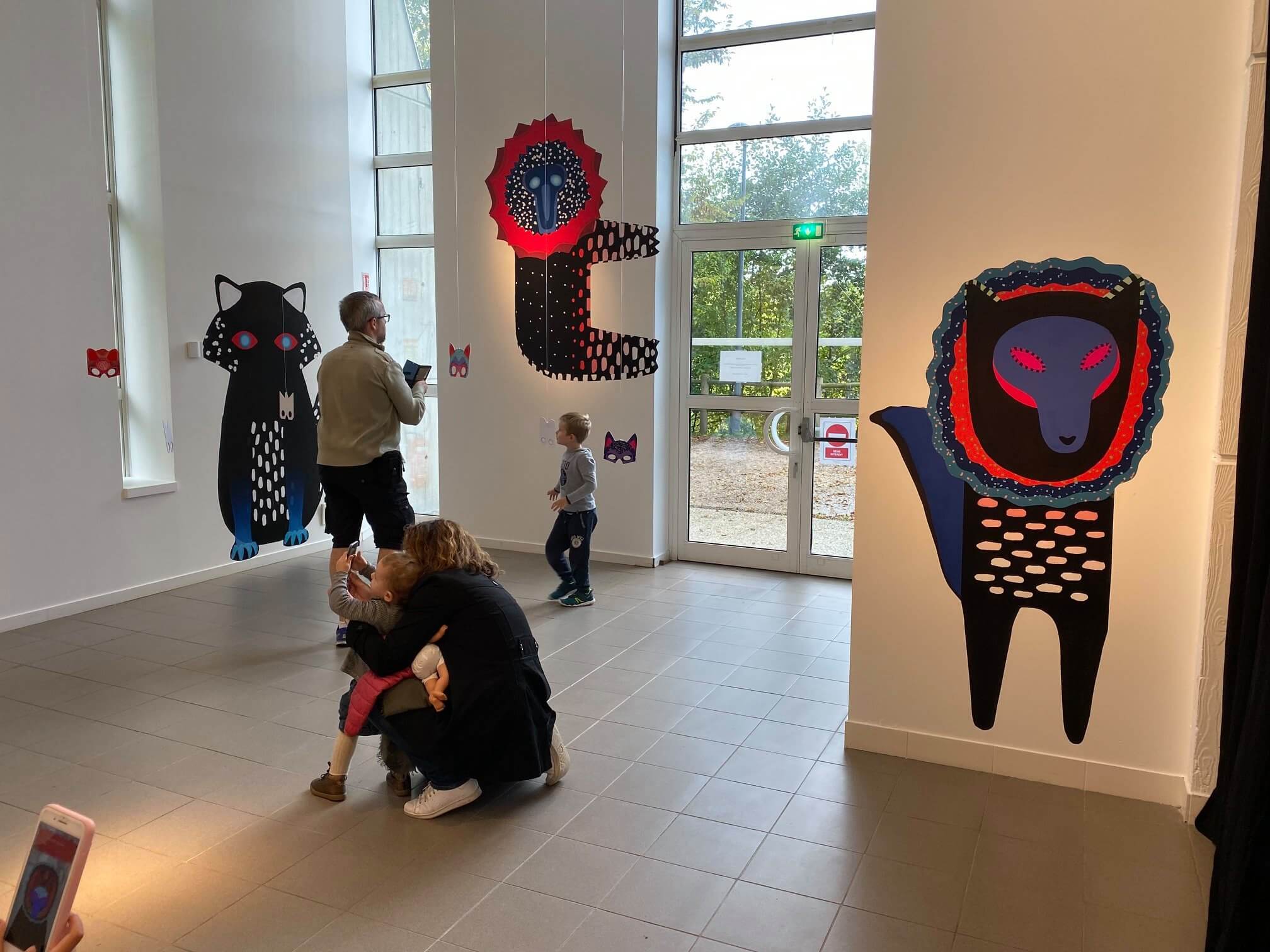
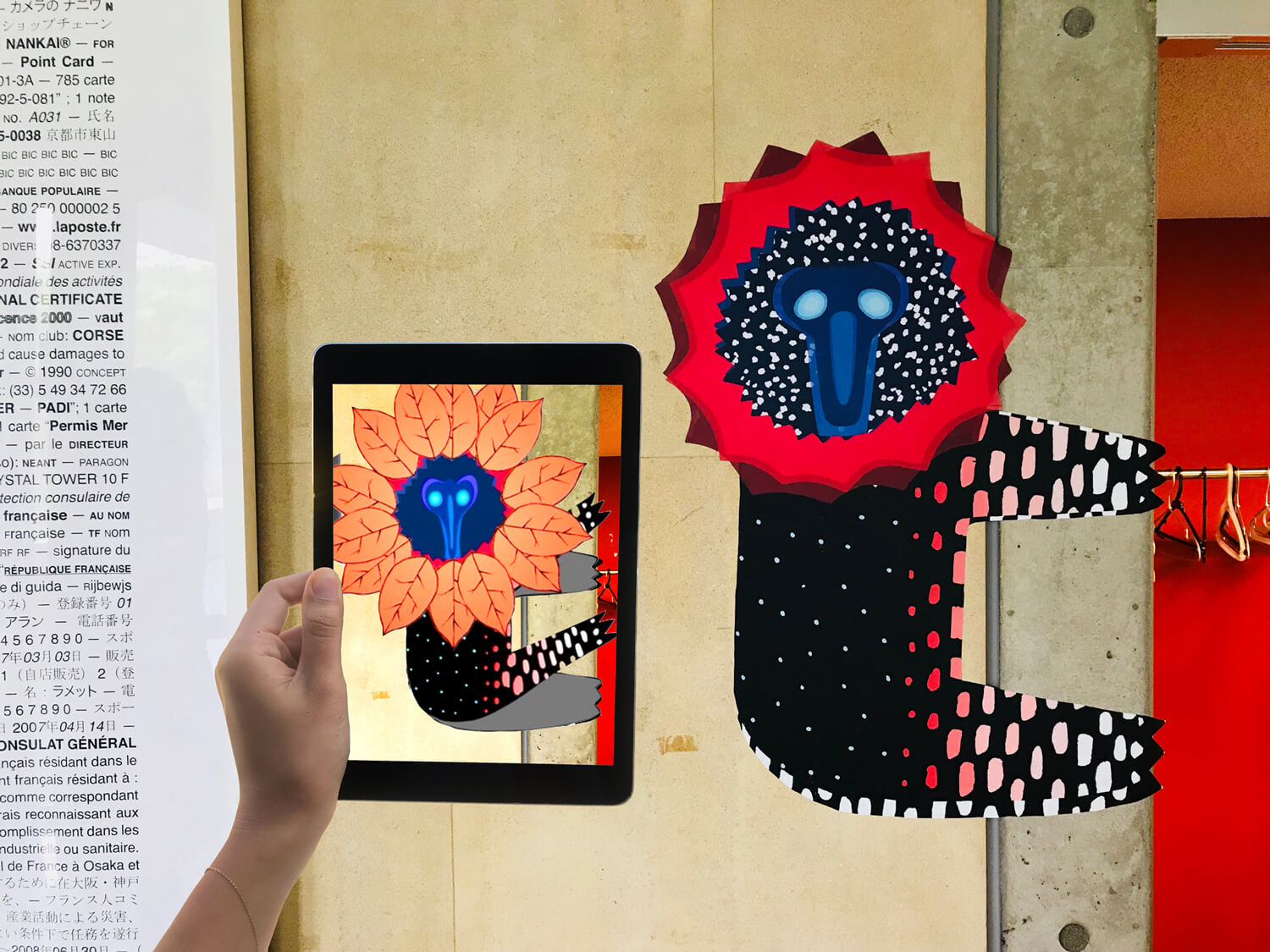
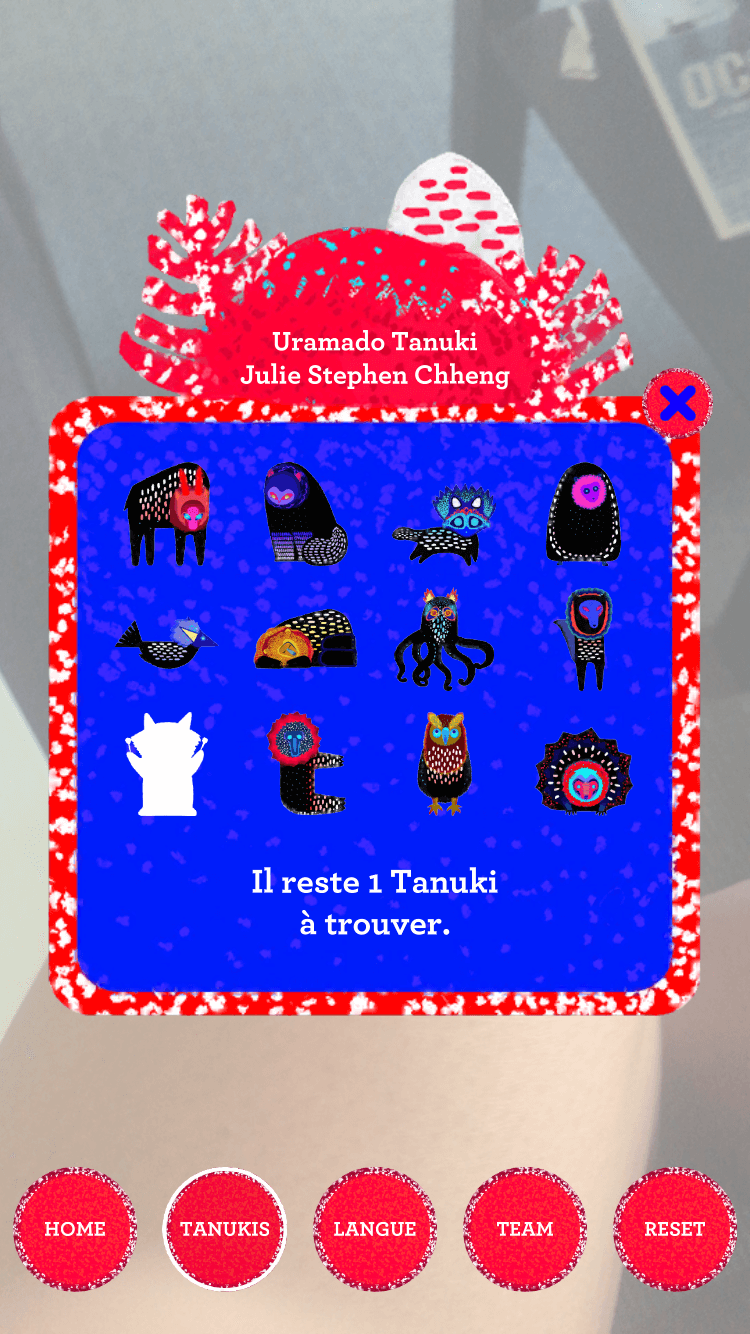
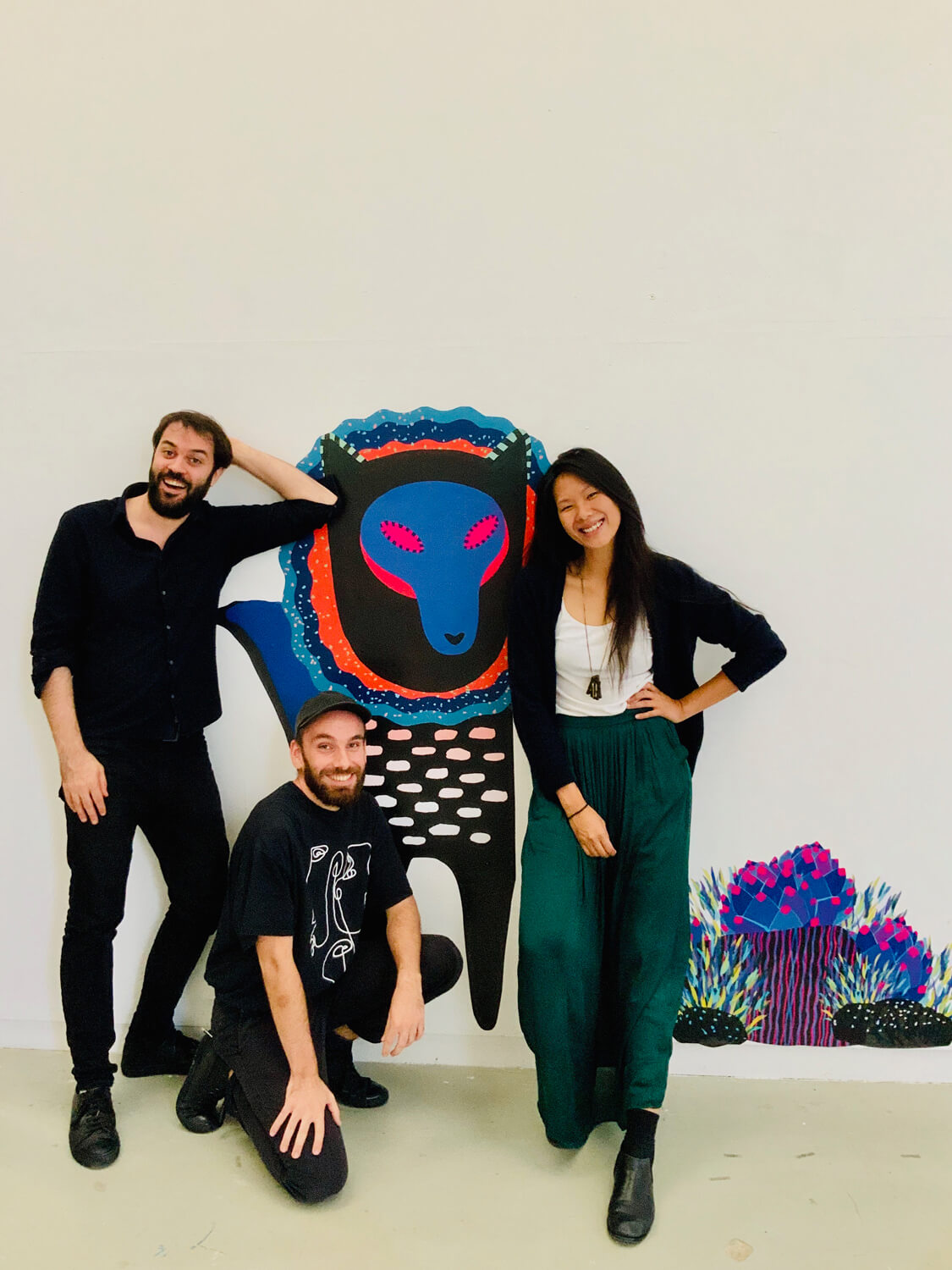
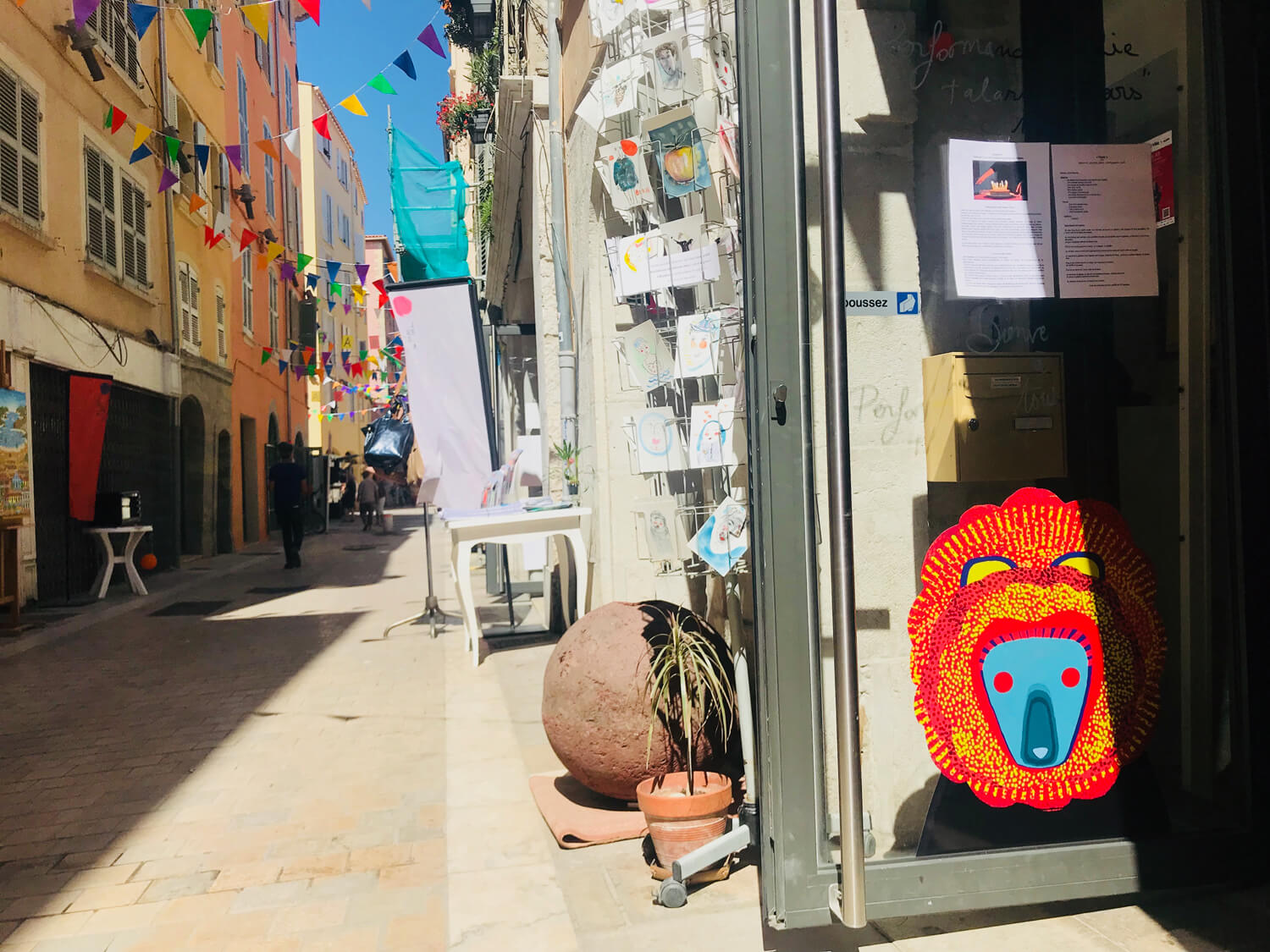
TRENDING
-
The Tattoos that Marked the Criminals of the Edo Period
Traditional tattoos were strong signifiers; murderers had head tattoos, while theft might result in an arm tattoo.

-
The Story of Sada Yacco, the Geisha who Bewitched Europe
Described by Dazed magazine as the first beauty influencer, she has been restored to her former glory since 2019.

-
Chiharu Shiota, Red Threads of the Soul
Last year, more than 660,000 people visited the retrospective 'Chiharu Shiota: The Soul Trembles' exhibit at the Mori Art Museum.

-
Japanese Left-field Pop From The CD Age, 1989-1996
‘Heisei No Oto’, a compilation of hidden gems in the unspoken depths of Japanese pop, reveal blissful moment of technological possibility.

-
‘Shojo Tsubaki’, A Freakshow
Underground manga artist Suehiro Maruo’s infamous masterpiece canonised a historical fascination towards the erotic-grotesque genre.




